The results to the RSPB’s Big Garden Birdwatch 2017 came out this week and as always, make for interesting reading.

This isn’t too far off for our garden, though we have considerably more starlings than house sparrows. We regularly have as many as thirty starlings descend on the garden, squawking and fighting for access to the food. It’s easy to imagine that starlings are doing well when we see that many around but numbers have decreased 79% since the first birdwatch in 1979.
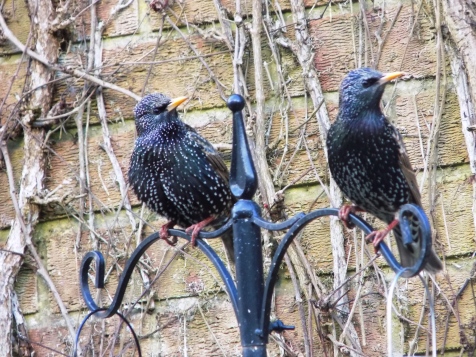
It’s also bad news for greenfinches whose numbers have fallen 59% in the same year. This is much more noticeable here as they were one of our most common birds and now we never see them at all. They have fallen victim to Trichomonosis disease which is why cleaning bird feeders is so important.
Still, at least it’s better news for other species. Since 2007 goldfinch numbers have risen 44% and robins have gone up by 24% in the same time. Both are regular visitors to our garden and I’ve particularly noticed a large number of robins in the area at the moment.
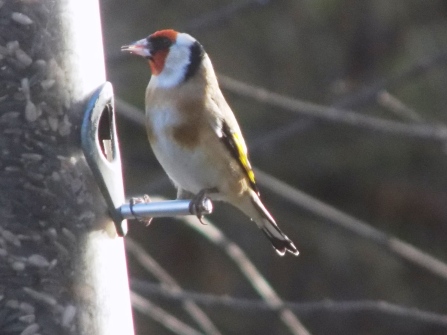
The bushes around my patch are teeming with birds at the moment and it’s delightful. A couple of my favorites have been this pied wagtail sat on dead wood in the middle of the River Avon and the long-tailed tit hopping around the brambles nearby.
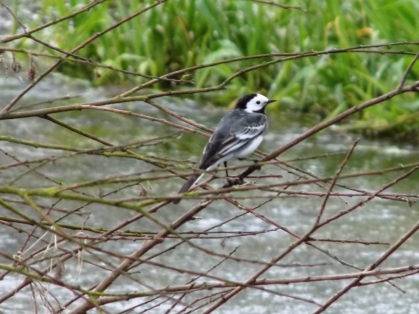
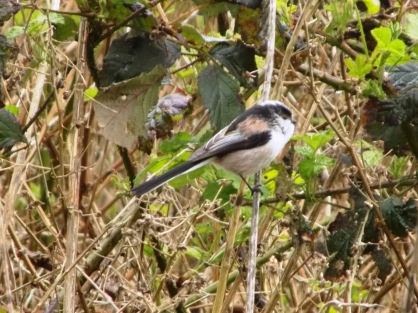
One day this week the great crested grebe came unusually close to the shore of the fishing lake giving me a clear view of the beautiful bird.
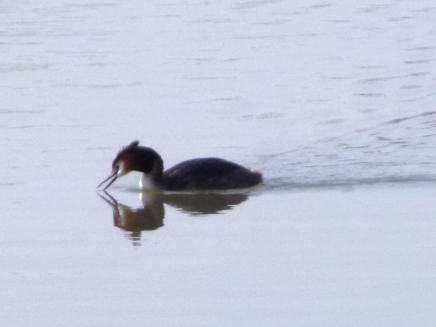
I’ve spotted my third butterfly species of 2017 this week, the lovely comma.
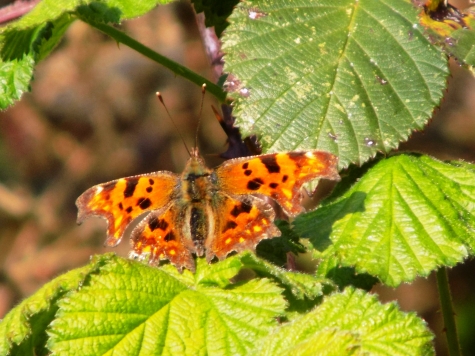
When they close their wings commas look a lot like dead leaves and with only early growth on bushes I found it tricky to watch the two I saw. There are actually two forms of commas. This form has a darker underside so as to survive the winter in the dead leaf disguise. The other form develops directly to sexual maturity and has a lighter underside as it has no need to survive the winter.
An invertebrate I’ve seen a lot this week is the Melanostoma scalare hoverfly. You can see it here at the top of a dandelion flower.
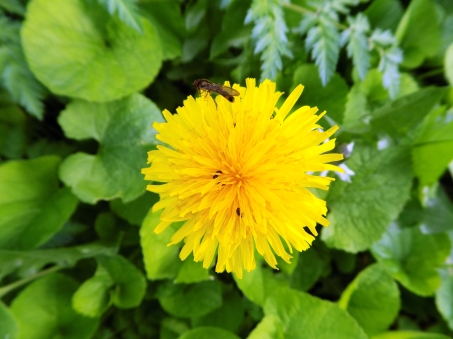
This species is very common, found in most of the ‘palearctic zone’ (that’s essentially Europe, Northern Asia and Northern Africa) and even as far South as Zimbabwe and New Guinea. Despite how common this species is hardly anything is known about it! It visits a large variety of flowers which suggests it’s probably an important pollinator and is thought to be a predator of small insects in leaf litter. It’s amazing that something can be so common yet we know so little about it.
Nettles are really important for insects and have just started going into flower recently. This is a red-dead nettle, an important species for many moths and is a prominent source of pollen for bees at this time of year.

I’ve also seen white-dead nettle, which is also very good for bees. Neither of this nettles sting, hence the ‘dead’ part of their names.
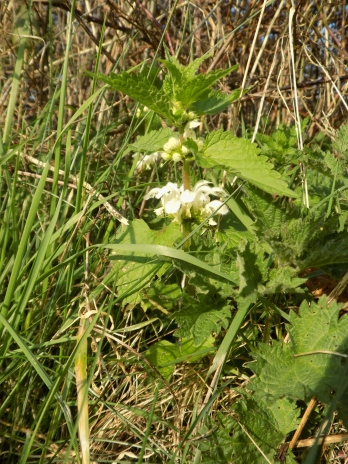
That’s all for today, see you next week!

No comments:
Post a Comment